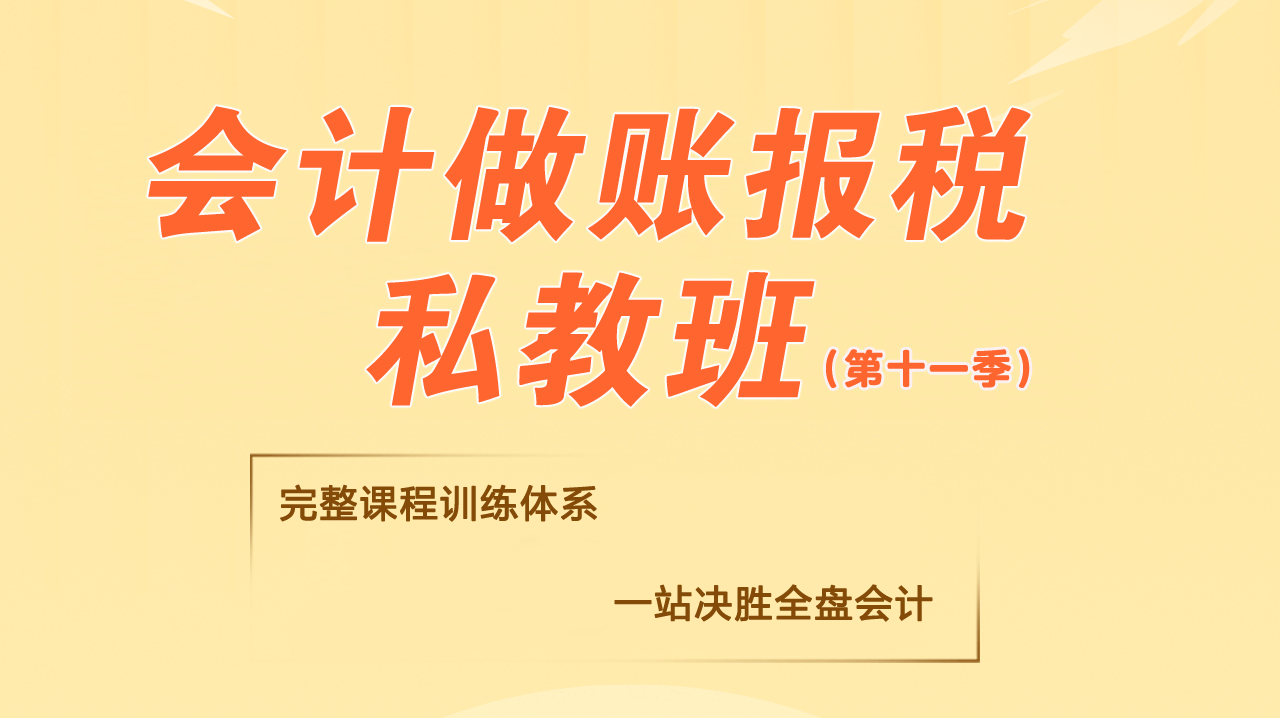会计英语 第五讲
Text 5 Merchandising and the Accounting
Use sales, gross margin, and operating income to evaluate a company. The major revenue of a merchandising business is. sales revenue, or net sales. The major expense is cost of goods sold. Net sales minus cost of goods sold is called gross margin, or gross profit. This amount measures the business' s success or failure in selling its products at a higher price than it paid for them.
The invoice is the business document generated by a purchase or sale transaction. Most merchandising entities offer discounts to their customers and allow them to return unsuitable merchandise. They also grant allowances for damaged goods that the buyer chooses to keep. Discounts and Returns and Allowances are contra accounts to Sales Revenue.
Account for the purchase and sale of inventory. The merchandiser's major asset is inventory. In a merchandising entity the accounting cycle is from cash to inventory as the inventory is purchased for resale, and back to cash as the inventory is sold.
Compute cost of goods sold and gross margin. Cost of goods sold, or cost of sales, is the cost of the inventory that the business has sold. It is the largest single expense of most merchandising businesses. Gross margin equals net sales revenue minus cost of goods sold.
Adjust and close the accounts of a merchandising business. The end-of-period adjusting and closing process of a merchandising business is similar to that of a service business. In addition, a merchandiser adjusts inventory for theft losses, damage, and accounting errors.
Prepare a merchandiser's financial statements. The income statement may appear in the single-step format or the multiple-step format. A single-step income statement has only two sections——one for revenues and the other for expenses——and a single income amount for net income. A multiple-step income statement has subtotals for gross margin and income from operations. Both formats are widely used.
Use the gross margin percentage and the inventory turnover ratio to evaluate a business. Two key decision aids for a merchandiser are the gross margin percentage and the rate of inventory turnover .Increases in these measures in these measure usually signal an increase in profits.
New Words
merchandising business 商品流通企业
sales revenue = net sales 销售净收入
cost of goods sold= cost of sales 销售产品成本,销售成本
minus 减去
gross margin = gross profit 毛利润
invoice 发票
discount 折扣
allowance 折让
return 退货
inventory 存货
end-of-period 期终
theft loss 失窃造成的损失
single-step format 单步骤化格式
multistep format 多步骤化格式
subtotal 小计,部分和
percentage 比例,比率
turnover 周转
gross margin percentage 毛利润比例
rate of inventory turnover 存货周转率



